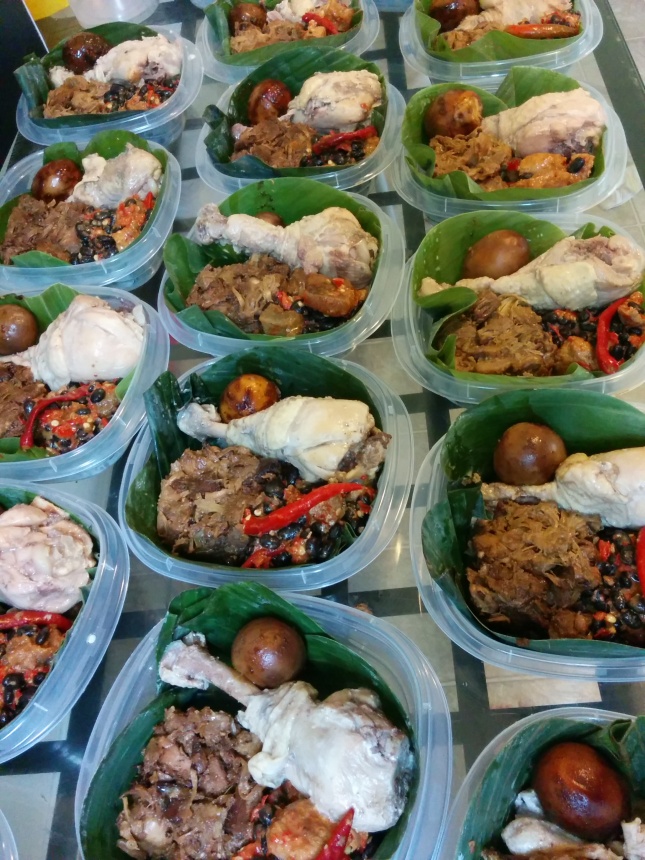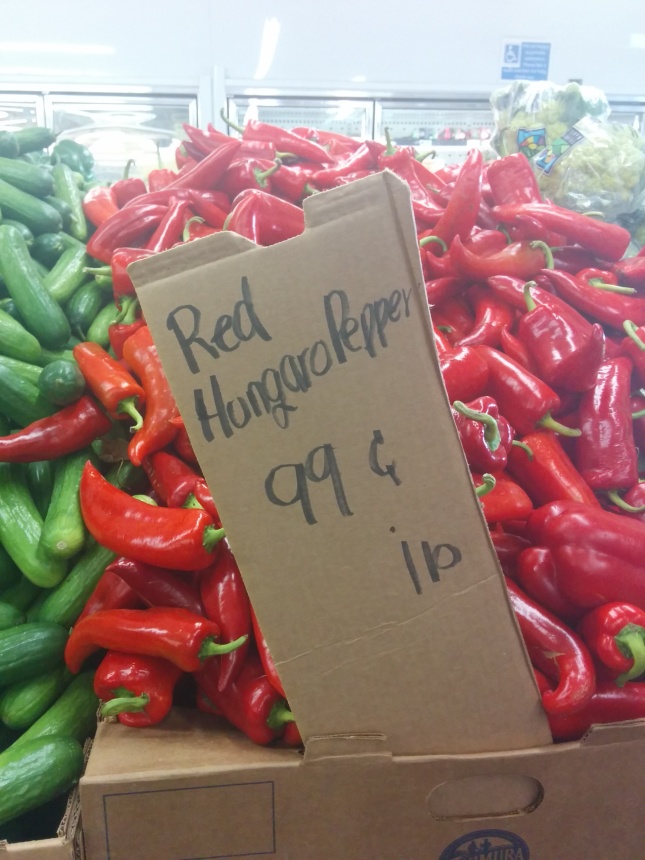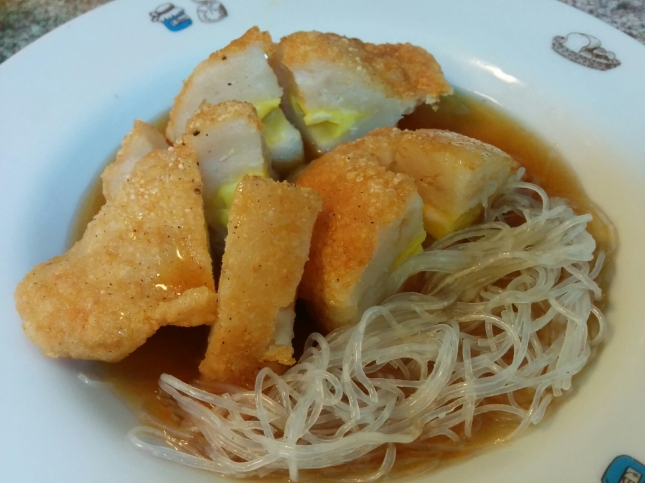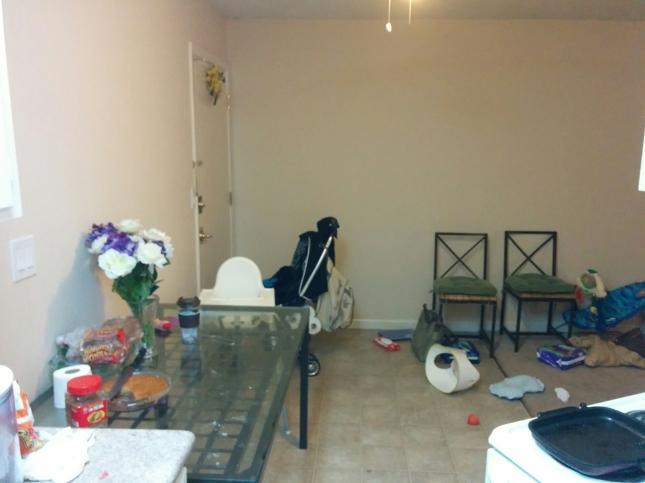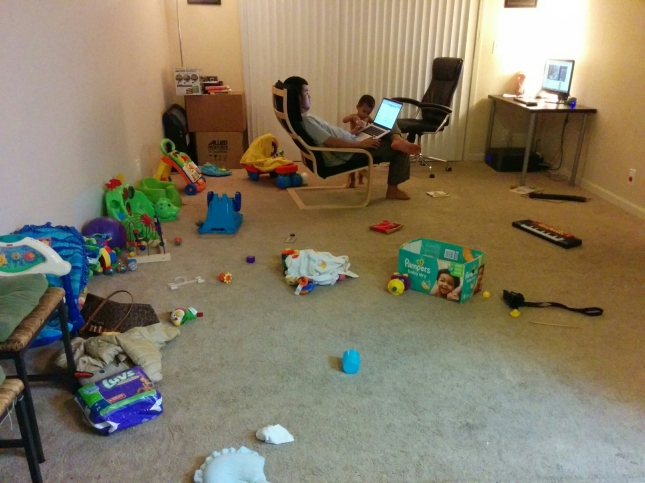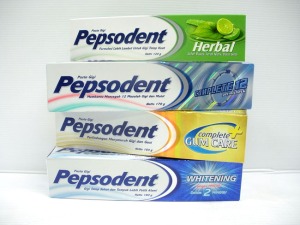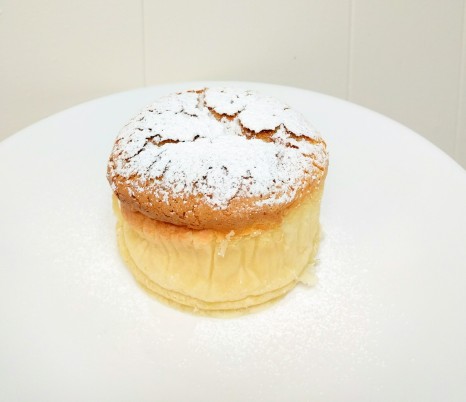
I tried to bake Japanese cotton cheesecake and the result is not as satisfactory. So here is my review, possible mistakes, and how to avoid them next time.
Pros:
- The sweetness level is spot-on. I did try to reduce the amount of sugar I used, especially because I incorporated some white chocolate into the batter.
- The taste and smell of orange zest came out beautifully in between bites, making this cheesecake taste fresh and less boring.
- I baked this is a mini cake springform pan (4″). When you see a smaller cake, somehow they’re more appetizing 😀 (Sometimes I don’t eat my own cake more than a slice because I feel like I’ve had enough, not matter how yummy). Another plus is if you want to give it to someone, you will be giving them a whole cake instead of slices. If it were a chiffon, you could even frost and decorate it as a whole cake, hence preserving the look of a whole, finished cake.
Cons:
Issue#1: The top cracks
Possible explanations:
1. Temperature was too high
I have repeatedly baked Western Cheesecake (WCC) and I never had issues with cracked top. But Japanese Cotton Cheesecake (JCC) is different because it is the combination between chiffon cake and cheesecake. WCC texture is dense and it’s not going to rise much (or maybe none at all), hence I am guessing that it is not really sensitive to slight temperature changes. If the temperature is slightly higher (I’m talking about 10-30 F difference), it’s just going to cook faster (this is just my guess). Meanwhile, JCC has an element of chiffon cake to it because of folded meringue. If the temperature is slightly higher, the air bubbles in the batter will expand faster, making the cake rise quicker and the top will crack.
The recipe said to bake in 150-155C (around 305F). It didn’t say whether to pre-heat the oven in the same temperature or higher. I made an assumption that when the oven was opened when I put in the cake, the temperature is going to drop, hence I decided to preheat the oven at 350F. I preheated it quite long too, maybe more than 30 minutes, the same amount of time that it took to prepare the batter. After I put the cake in, I adjusted the temperature to be 305F. I read that JCC needs to be cooked very slowly in low temperature so the cake can rise slowly. The slow rise won’t shock the top that much so it won’t crack. In my case, the oven was still too hot to start with, attributing to the quick rise and crack.
Solution: I should’ve preheated the oven at 305F
2. Water level in bain-marie not high enough
Another factor that might contribute to the cracking is that the water level in the bain-marie is not high enough. I was supposed to bake it in a deeper tray, but I couldn’t find it. So instead, I use a cookie pan (I know, what was I thinking) and fill the water almost up to the edges. Even though the pan is filled to the brim, the water level is not sufficient enough to give moisture, and that might contribute to the cracking. (again, this is my guess).
Edit: 10 minutes before the baking time is up, the water has all evaporated
Solution: I should’ve used a deeper tray for the bain-marie and poured more water to it.
Issue #2: I stopped baking at 42 minutes
The cracked top kinda panicked me. I thought because the top cracked, the cake was already cooked, event though the top looked very, very pale. I decided to stop baking because the cake jiggled a little, a sign that cheesecake was cooked. Instead of carrying on baking, I turned off the bottom heat and turned on the broiler to darken the top. When I poked the cake, the inside was still very wet. So I had to pop them back into the oven.
Solution: When the top looks pale, check the inside with skewer. If the skewer is still wet, continue baking until the required time. Don’t deviate from the plan or broil the top. Don’t panic because of the crack.
Additional Notes:
- I baked when I was hungry. Like, extremely hungry. Needless to say my better judgment was clouded by the hunger and I couldn’t think clearly 😀 I guess that was why I had too many mistakes. So don’t bake when you’re hungry or tired 😀
- I have never tried JCC before, so I can’t really say whether the texture is right. Although, judging from the picture of sliced cake in the internet, my cake looks kinda similar. Some internet articles even said that the cake is eggy, and I second that.
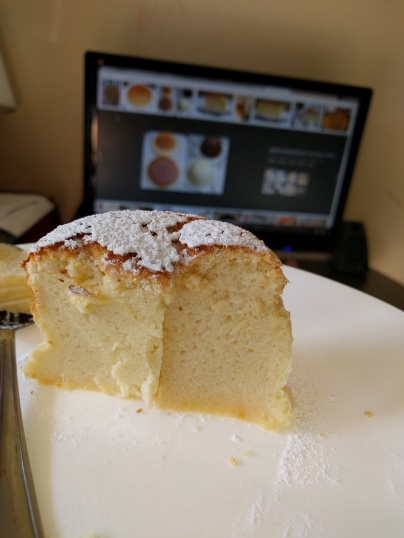
Overall:
I like the texture of WCC better than JCC because WCC has a higher fat content (more cream cheese) while JCC has more egg than cream cheese (hence the egginess). I prefer to have more cheese in my cake than egg, thank you 🙂



